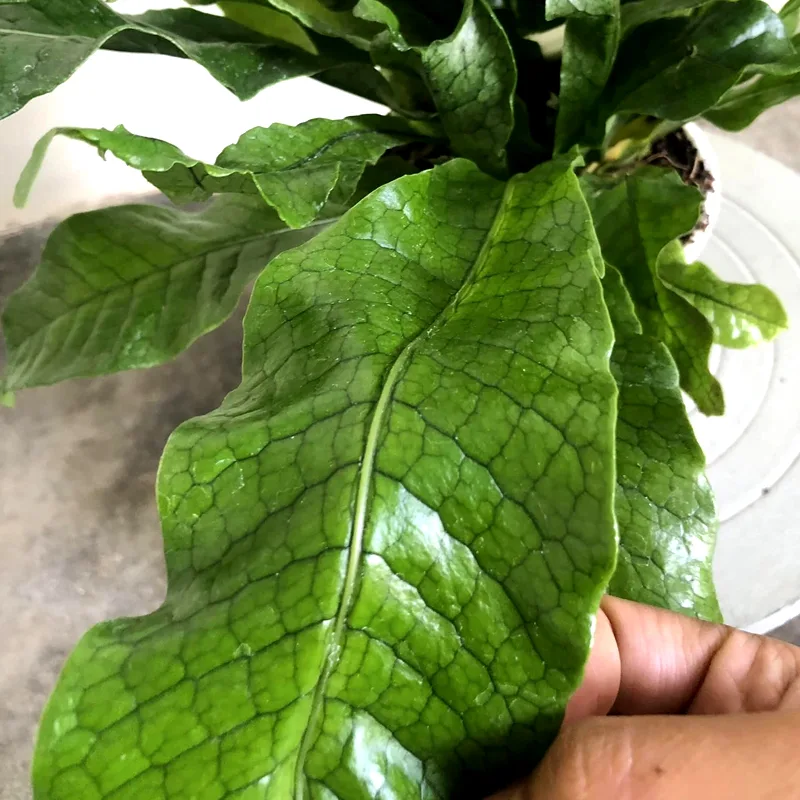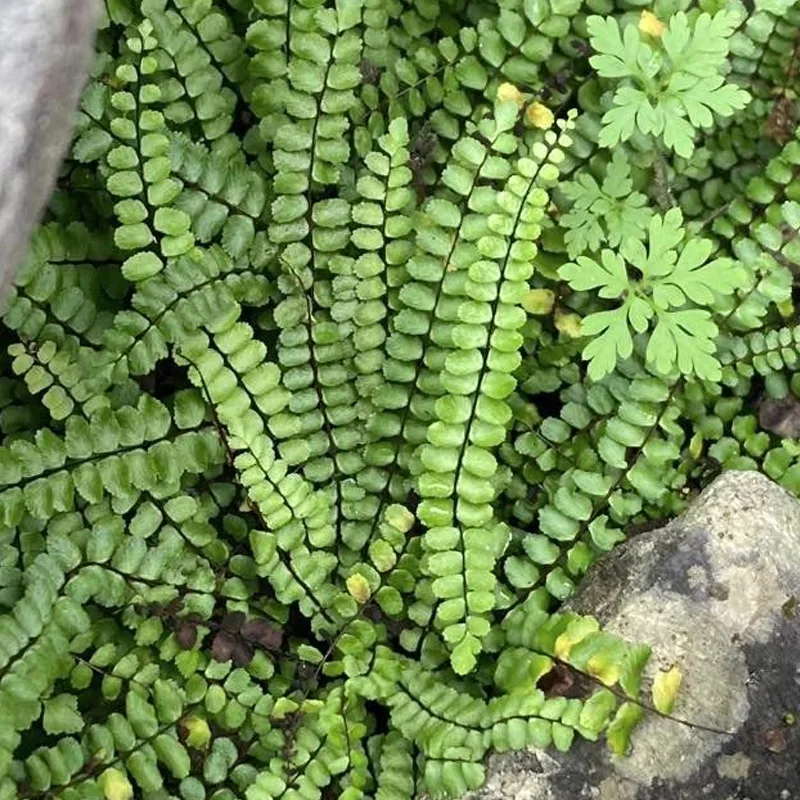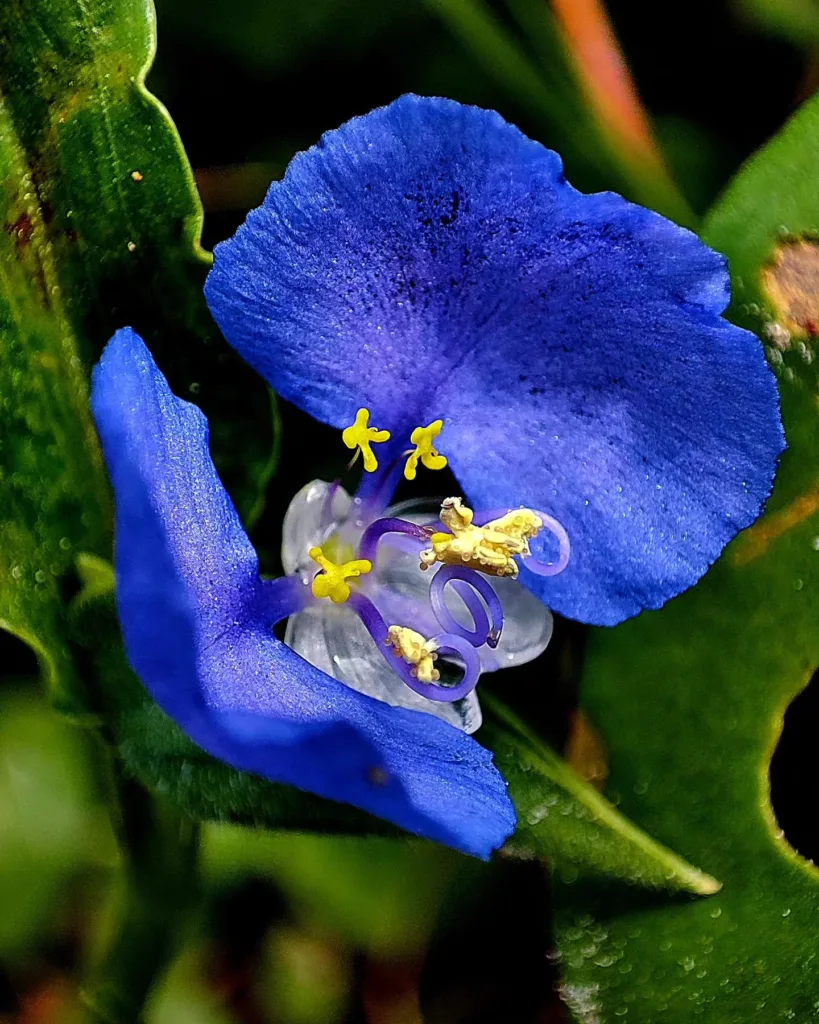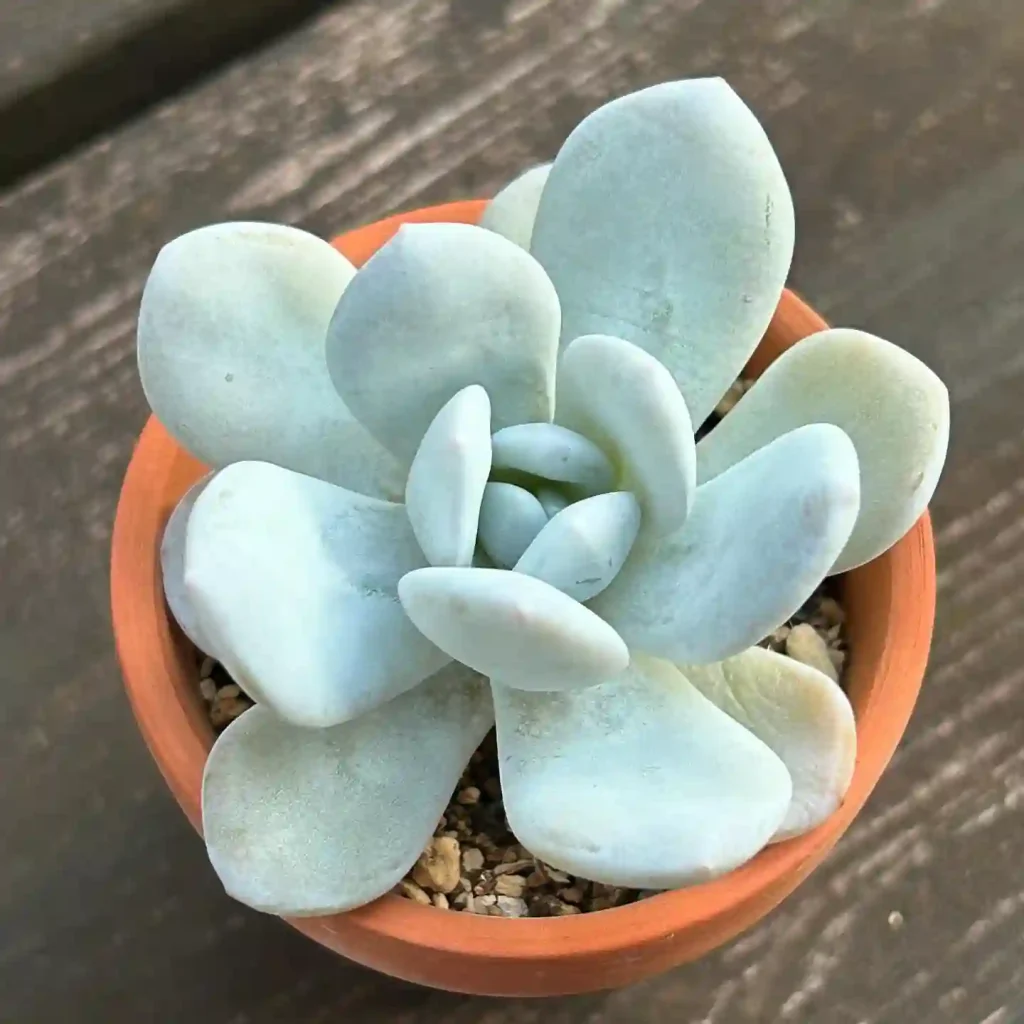Exploring the Simmondsiaceae Family and the Fascinating Jojoba Plant
When I first delved into the world of plant families, the Simmondsiaceae family caught my attention for its simplicity and uniqueness. This family is home to only one genus, Simmondsia, and a single species, Simmondsia chinensis, commonly known as jojoba. Despite its small size, this family is significant due to its remarkable ecological role and the economic importance of jojoba. Let me take you through what makes the Simmondsiaceae family so special.
The Unique Simmondsiaceae Family
The Simmondsiaceae family stands apart from most plant families in its singularity. With just one genus and species, it feels like nature has focused all its energy into perfecting a single masterpiece. Simmondsia chinensis, or jojoba, is native to the arid regions of North America, specifically the southwestern United States and northern Mexico.
What fascinates me most is how this plant has adapted to harsh desert climates. It thrives in regions where temperatures soar, and rainfall is scarce. It’s as though the jojoba plant holds the secret to resilience, teaching us lessons about survival and adaptation.
The Jojoba Plant: A Closer Look
When I first encountered a jojoba plant, I was struck by its understated elegance. The plant typically grows as a woody evergreen shrub, reaching heights of 1–2 meters. Its leathery, oval-shaped leaves are coated with a waxy layer, which minimizes water loss—an essential feature for desert survival.
One of the most distinctive traits of jojoba is its dioecious nature, meaning male and female flowers grow on separate plants. This reproductive strategy ensures genetic diversity, a quality I find fascinating in plants.
The real star of the show, however, is the jojoba seed. These seeds are rich in a liquid wax ester, often referred to as “jojoba oil,” though technically it isn’t an oil at all. This wax is unique because it closely resembles human sebum, making it an invaluable ingredient in cosmetics and skincare.
Ecological Role and Adaptations
Jojoba isn’t just a survivor; it’s also a vital part of its ecosystem. Its deep root system anchors it firmly in sandy soils and helps prevent erosion—a crucial service in desert environments prone to wind and water erosion.
The plant’s ability to store water in its tissues ensures it remains evergreen even during prolonged droughts. I’ve always admired this quality, as it reflects a quiet determination to persevere against the odds. Additionally, the jojoba plant provides shade and habitat for small desert creatures, playing its part in maintaining biodiversity.
The Economic Importance of Jojoba
When I think about jojoba’s impact, I’m reminded of how interconnected humans are with the natural world. Jojoba oil has gained global recognition for its versatility and sustainability. Used in everything from shampoos to industrial lubricants, its demand has skyrocketed over the past few decades.
What I find most impressive is its eco-friendly credentials. Unlike petroleum-based oils, jojoba oil is biodegradable and non-toxic. It aligns perfectly with the growing emphasis on sustainability—a topic close to my heart.
Farmers and industries alike have embraced jojoba cultivation, particularly in arid regions where few crops thrive. It’s not just a plant; it’s a beacon of hope for sustainable agriculture in water-scarce areas.
A Lesson from Nature
To me, the Simmondsiaceae family represents nature’s ability to create something extraordinary from simplicity. Jojoba isn’t flashy or ostentatious, yet its impact is profound. From its ecological contributions to its economic value, this single species has left an indelible mark.
Whenever I think about jojoba, I’m reminded of the importance of resilience, adaptability, and harmony with the environment. It’s a lesson I carry with me, not just as a plant enthusiast but as someone who seeks to live sustainably and thoughtfully.
In conclusion, while the Simmondsiaceae family may be small, its significance is anything but. Through Simmondsia chinensis, it has shown how one plant can contribute to the health of ecosystems and the well-being of humans. If you ever get the chance to encounter a jojoba plant, take a moment to appreciate its quiet elegance and remarkable story. It’s a humbling reminder of the beauty and ingenuity of nature.
If i die, water my plants!



